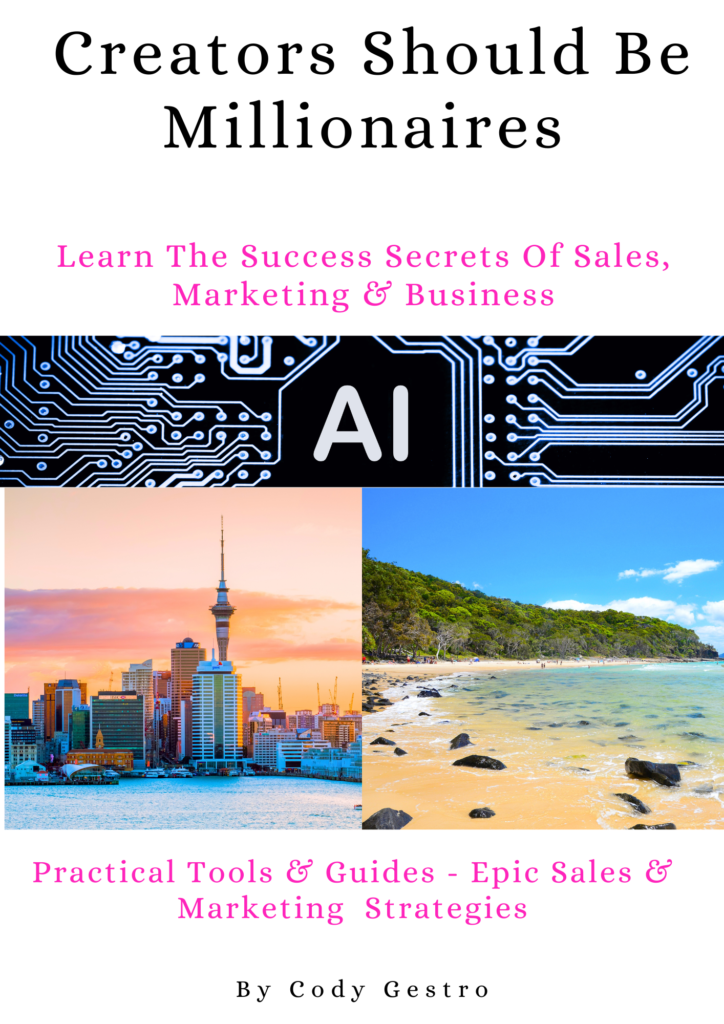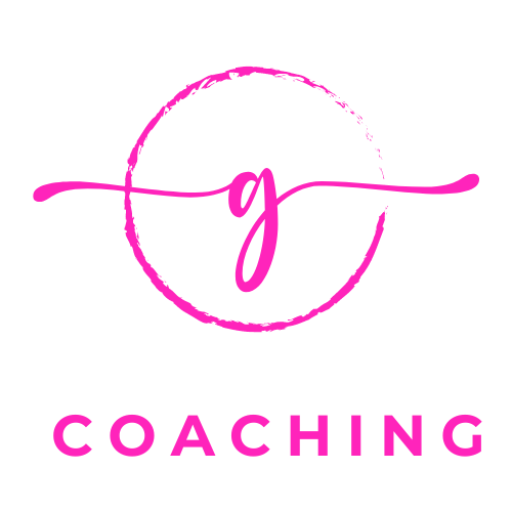the epic 4
These four components could be collectively referred to as a “Customer Lifecycle Management System,” encompassing the processes and technologies involved in managing the entire customer journey from lead generation to retention.
Lead Generation
Lead generation is the process of attracting and converting strangers and prospects into someone who has indicated interest in your company’s product or service. It involves creating strategies to capture potential customers’ interest and contact information, often through marketing campaigns, events, or advertisements. The goal of lead generation is to nurture these leads through the sales funnel until they are ready to make a purchase.
- Software:
- Lead Generation Platforms: Use tools like HubSpot, Leadpages, or Unbounce to create landing pages and forms to capture leads.
- Email Marketing Software: Platforms like Mailchimp, Constant Contact, or ConvertKit can help you nurture leads through email campaigns.
- Machines:
- Chatbots: Implement chatbots on your website or social media to engage with visitors and capture lead information.
- Actionable Steps:
- Set up landing pages with lead capture forms using lead generation platforms.
- Create compelling lead magnets (e.g., ebooks, whitepapers) to entice visitors to share their contact information.
- Use email marketing software to send targeted campaigns to leads, offering valuable content and promotions.
- Implement chatbots to interact with visitors in real-time, answer questions, and collect lead information.
Lead Conversion
Lead conversion is the process of turning leads into paying customers. It involves nurturing relationships with leads, providing them with relevant information and offers, and guiding them through the decision-making process. Lead conversion requires understanding the needs and pain points of leads and offering solutions that address these needs, ultimately convincing them to make a purchase.
- Software:
- Customer Relationship Management (CRM) Software: Use tools like Salesforce, Zoho CRM, or HubSpot CRM to track and manage leads through the conversion process.
- Marketing Automation Platforms: Platforms like Marketo, Pardot, or ActiveCampaign can help you automate lead nurturing and conversion processes.
- Machines:
- Sales Acceleration Tools: Implement tools like Outreach or SalesLoft to streamline the sales process and improve conversion rates.
- Actionable Steps:
- Use CRM software to track lead interactions and progress through the sales funnel.
- Implement marketing automation to send personalized messages to leads based on their behavior and interests.
- Use sales acceleration tools to automate outreach and follow-up with leads, increasing conversion rates.
- Continuously analyze and optimize your conversion strategies based on data from your CRM and marketing automation tools.
Customer Ascension
Customer ascension refers to the process of moving customers to higher levels of engagement or value within your business. It involves encouraging customers to upgrade their purchases, buy additional products or services, or become repeat customers. Customer ascension is about building long-term relationships with customers, increasing their lifetime value, and turning them into brand advocates.
- Software:
- Customer Segmentation Tools: Use tools like Kissmetrics, Mixpanel, or Google Analytics to segment customers based on behavior and preferences.
- Upselling/Cross-selling Tools: Platforms like Shopify or WooCommerce offer plugins to implement upselling and cross-selling strategies.
- Machines:
- Customer Feedback Tools: Implement tools like SurveyMonkey or Typeform to gather feedback and insights from customers.
- Actionable Steps:
- Use customer segmentation tools to identify high-value customers and create targeted upselling or cross-selling offers.
- Implement upselling and cross-selling strategies on your e-commerce platform to encourage customers to purchase additional products or upgrades.
- Gather feedback from customers using feedback tools to understand their needs and preferences, and use this information to improve your offerings and customer experience.
- Continuously monitor and optimize your ascension strategies based on customer feedback and behavior data.
Customer Retention
Customer retention is the process of keeping existing customers engaged and satisfied with your products or services. It involves building strong relationships with customers, providing excellent customer service, and continuously delivering value. Customer retention is important for maintaining a loyal customer base, reducing churn, and increasing revenue from repeat purchases.
- Software:
- Customer Loyalty Programs: Use platforms like Smile.io, Yotpo, or LoyaltyLion to create and manage customer loyalty programs.
- Customer Support Software: Tools like Zendesk, Freshdesk, or Help Scout can help you provide excellent customer support and resolve issues quickly.
- Machines:
- Predictive Analytics Tools: Implement tools like IBM Watson or Salesforce Einstein to predict customer behavior and proactively address potential issues.
- Actionable Steps:
- Implement a customer loyalty program to reward repeat purchases and encourage customer retention.
- Use customer support software to provide timely and effective support, resolving issues and building trust with customers.
- Use predictive analytics to anticipate customer needs and personalize your communication and offerings to increase customer satisfaction and loyalty.
- Continuously monitor customer feedback and satisfaction metrics to identify areas for improvement and implement strategies to increase customer retention.

Creators Should Be Millionaires
Grab The PIVOT Framework
Free Info Guide Below
Bonuses,Gifts,Guides & So Much More…
Get Connected
I am dedicated to empowering and encouraging entrepreneurs to build a future of abundance.
Add me on the socials below
